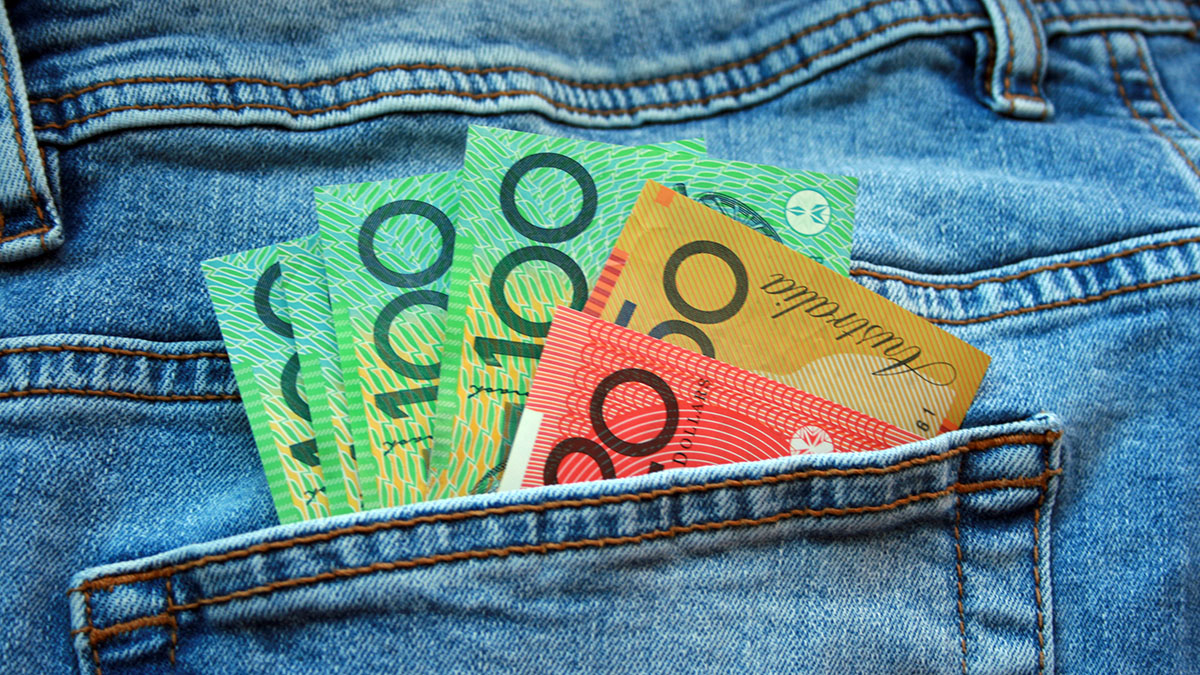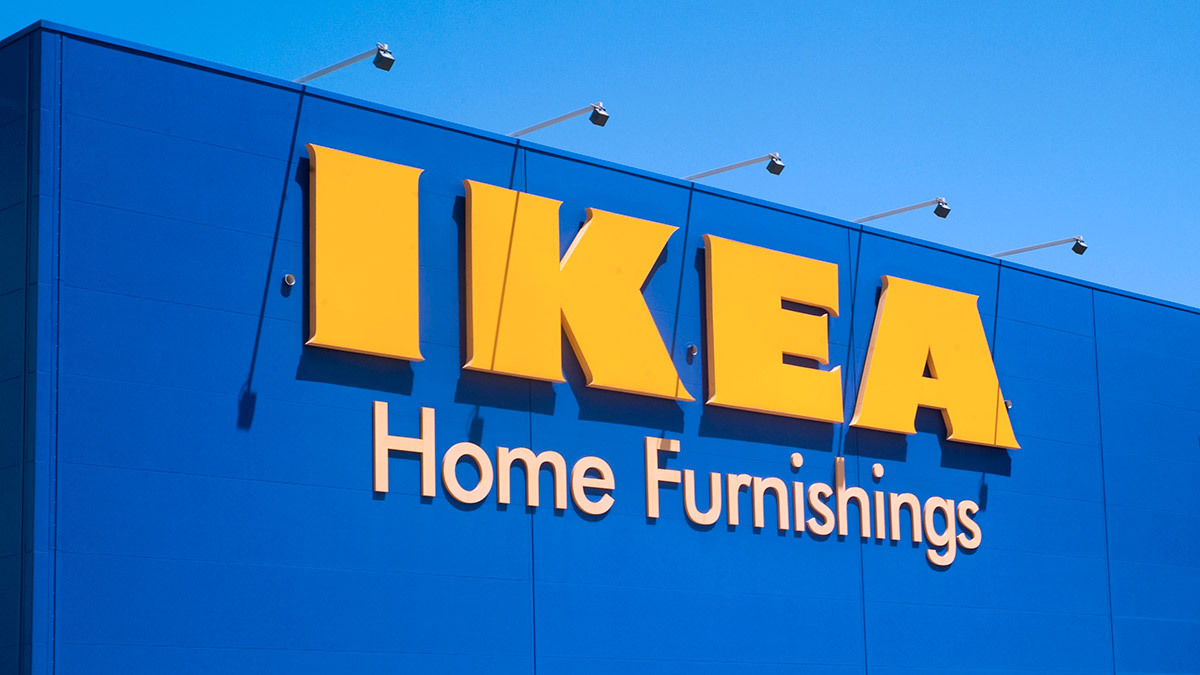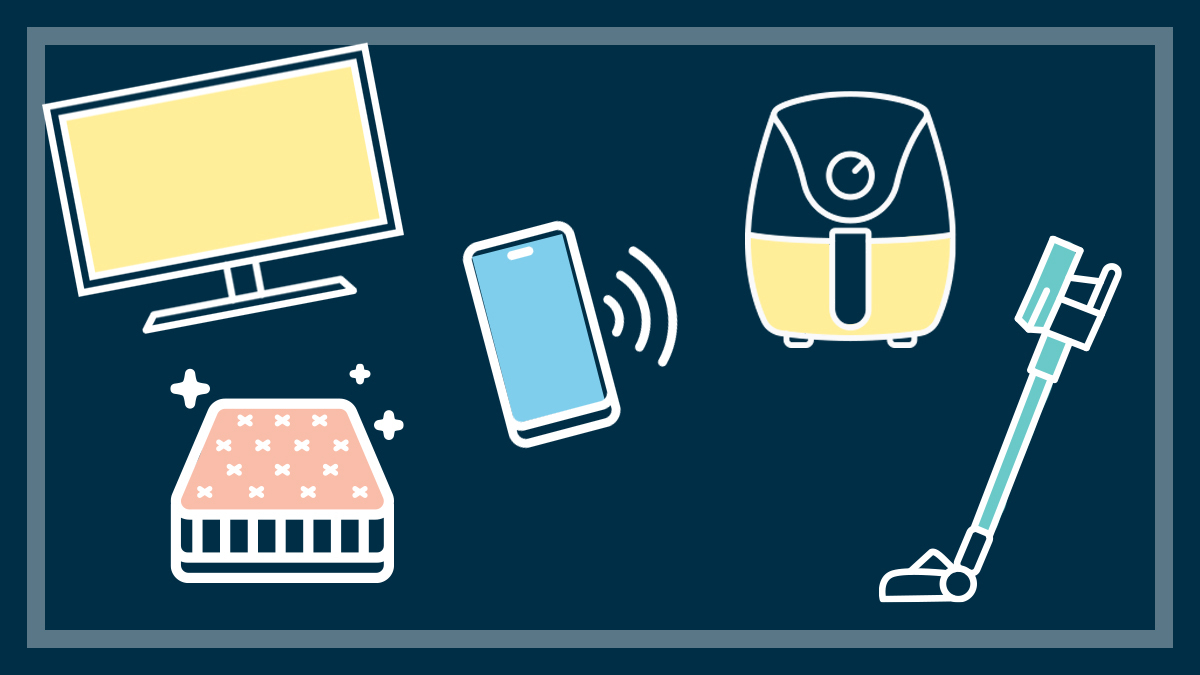Get our independent lab tests, expert reviews and honest advice.
How to haggle and get the best deal

Haggling is stressful, but the benefits can be worth it. You could ultimately save yourself a lot of money.
But there’s a knack to getting it right. We spoke to the experts to find out how to negotiate a better price.
How to haggle and negotiate
We asked Professor Harmen Oppewal, a professor of marketing at Monash University, and Dr Robin Canniford, a senior lecturer in marketing at the University of Melbourne, to share their suggestions for successful bargaining. Here are their top tips:
Do research
Before you start bargaining, research the market and see what competitors are offering so you have an idea about what you want, what a reasonable price would be and any reasons that might persuade a seller to offer you a special deal.
Have a good opening line
Initiate bargaining by asking something like, “Is that your best price?”
Be polite
During the bargaining process, take a polite, positive approach where possible, offering a sound rationale for the seller to meet you at a happy medium.
Be aware of body language
Body language and your facial expressions play a big part in communicating. Look interested enough for the seller to feel hopeful of making a sale so that it’s worth putting in the effort to haggle, but not so eager they’ll feel confident you’ll buy regardless of any concessions on their part. Smile and be friendly, but be prepared to walk away if necessary.
Look for opportune times to buy
The end of the day, or the month, or the financial year are times when a salesperson might have an eye on their sales targets and be keen to strike a last-minute deal to up their tally.
Think about the seller’s perspective
What reasons might they have for wanting to offload the item you wish to buy? Perhaps that model is being discontinued, or has had bad press recently, or they’re releasing a new version soon, making the older one harder to sell.
Draw attention to unique features
Especially features that might make it unappealing to other buyers, but aren’t a deal-breaker for you, such as an unpopular colour or a less attractive style.
Ask for add-ons
What sort of extras would be relatively painless for the seller to offer instead of a discount? They might not be willing to budge on price, but might be willing to throw in free installation, delivery, carry cases or optional upgrades.
Boost your bargaining power with multiple items
If it’s in your budget, bundling several items into your purchase boosts your bargaining power. “What about if I buy two of them?” can be a persuasive argument when bargaining, but bear in mind that a seller might seek to claw back profit on the pricing of the other items.
Mention a competitor’s lower price
This is a strong bargaining move; a little research online beforehand will tell you whether the retailer you’re talking to is offering you a good enough deal. But be aware that competing offers may not necessarily be the lowest actual price; there may be hidden costs such as delivery or other surcharges that mean the supposedly ‘cheaper’ price you’ve found is not in fact cheaper at all.
Haggling tips to help you bag a bargain
- Research the market so you know what a reasonable price would be and any reasons that might persuade a seller to offer you a special deal.
- Initiate bargaining by asking something like, “Is that your best price?” Take a polite, positive approach.
- Body language and facial expressions play a big part. Look interested, but not so eager they’ll feel confident you’ll buy regardless. Smile and be friendly, but be prepared to walk away if necessary.
- Look for opportune times to buy – the end of the day, or the month, or the financial year – when a salesperson might be keen to strike a deal to up their sales targets
- Think about the seller. What reasons might they have for offloading the item you want? Perhaps that model is being discontinued, or has had bad press recently, making it harder to sell.
- Draw attention to unique features of the product that might make it unappealing to other buyers, but aren’t a deal-breaker for you, such as an unpopular colour or a less attractive style.
- Ask for extras instead of a discount. They might be willing to throw in free installation, delivery, carry cases or optional upgrades.
- “What about if I buy two of them?” Bundling several items into your purchase boosts your bargaining power.
- It’s worth drawing attention to a competitor’s lower price. But competing prices may have hidden costs such as delivery or other surcharges that means it’s not cheaper at all.
What is bargaining?
According to Canniford, the bargaining process is more than just a back-and-forth over price, but a negotiation over the whole package.
Buyers can ask for added features and customisations to the product, or services like installation and delivery. When talking about price, you could point out to the seller factors such as it being a good time to sell before the goods expire, or the colour of the item potentially being less appealing to other buyers.
Aggressive vs positive
Canniford says bargaining can be either aggressive or positive.
Aggressive tactics involve pointing out reasons you may have for going elsewhere if you’re not offered a discount or a better deal. Being aggressive might help you reach a good deal now, but could backfire by getting your bargaining companion offside and destroying any ongoing relationship.
They might not be willing to budge on price, but might be willing to throw in free installation, delivery, carry cases or optional upgrades
Positive tactics on the other hand, help preserve a business relationship by focusing on reasons why you like the seller and would be an ideal buyer for this particular item.
“Saying, ‘I can go down the road’ [is] a more aggressive tactic, but there are also tactics whereby you can build relationships,” Canniford says.
“‘You know, I keep coming back here. Give me a deal. I want to keep working with you. I really like the fact that you’re a small business and you employ local people.’ There are positive and negative ways of building the relationship to get the sale.”
Bargaining might be about getting a better deal, but do it right and it could be a fun experience as well.
“Be friendly, smile, know the market, be an expert, be prepared to walk away, take your time, build relationships and enjoy yourself,” says Canniford. “It’s about a process of agreement, at the end of the day. It’s cordial.”

Bargaining in Australia
The practice of negotiating a lower price for what you’re buying, or getting some added benefits thrown in for free, has been less accepted here than in Europe, Britain and many Asian countries.
The Aussie market has traditionally been on the end of a long supply chain, with a smaller population and a correspondingly small selection of goods. With little competition among sellers, there are fewer opportunities to haggle successfully, as it’s often not possible to walk away from a negotiation and buy the same product elsewhere.
Online research can give you an edge
The fact that all of us can now compare prices and other sales conditions on the spot by simply pulling out our smartphone in-store or researching their intended purchase online before they shop, means that we’re all empowered to at least try to negotiate a better deal.
The online world has also provided a platform for unhappy shoppers to let others know about poor customer service experiences in the form of reviews and social media comments – even more reason for retailers to accommodate reasonable requests to negotiate on a deal.
But Professor Oppewal warns that this connectivity may also be exactly what stops a retailer striking a deal with you; if word gets out that one person got a good deal then every customer may expect the same thing.
When should you haggle?
Oppewal suggests that bigger ticket items such as white goods and cars offer the best chance to negotiate on price and customisable features, as do second-hand goods where the value of the item is up for debate.
You can also try negotiating on services such as insurance and mortgages when entering into a contract or renewing. There wouldn’t usually be a sign in a shop inviting customers to haggle, so it’s up to you to politely and confidently initiate the conversation about whether a special deal can be done.
How to haggle online
There’s no reason that haggling can’t be done online, particularly if a retailer has an easy-to-access customer service interface such as social media direct messages or a pop-up live ‘help’ box on their website.
Simply ask for a deal in the same way that you would in-store, and if successful the retailer should be able to offer you a discount code to complete your purchase.
“But buyers should be aware that trace of documents and discussions may make it more difficult to justify any price deviation by the seller,” Professor Harmon says.
In other words it’s much harder to fast talk your way into something when the person on the other computer has time to consider your written request and come up with ways to turn it down, rather than being caught on the spot, face-to-face.

When should you avoid haggling?
You wouldn’t usually be able to haggle over the price of small, inexpensive items in supermarkets and similar stores unless the item is damaged.
“It would probably not be taken seriously if you start bargaining about a product in a supermarket or in a bookstore, because many of these prices are unbeaten,” says Oppewal.
Ask yourself what’s really important to you – saving a few dollars or paying full price to someone who really needs it?
Other items you should hold off bargaining over include things such as a $10 T-shirt at Kmart or Target or a meal in a restaurant or cafe.
Before you try to grind a small business down, ask yourself what’s really important to you – saving a few dollars or paying full price to someone who really needs it?
Real life haggling case studies
So now you know the theory, does bargaining work in practice? According to these bargaining practitioners it certainly does.
When Louise Wedgwood bought a new bed and mattress in-store at one of the big furniture chains, she decided to try bargaining,and managed to bargain down the price and get free delivery thrown in.
“I think it never hurts to ask whether there’s room to move on the price you’re quoted, especially if it’s a big company and not a small family business,” she says.
“I would always be polite and not greedy about it, but not afraid to ask the question in a business-like manner, because it’s a business transaction after all.”
Glen went shopping in a department store to buy a $600 heater. Despite there being hardly any other customers in the store, the sales staff ignored him for 20 minutes.
Glen walked outside, immediately rang the store manager and described his disappointing customer service experience. “She offered me a 10% discount, I bargained down to 20%,” he says.
Glen, who has impaired vision and uses a white cane, added a condition to the deal that the manager speak to her staff about disability awareness.
At the start of 2018, Alison Parker was looking to buy two new smartphones and saw retail chain Domayne were advertising a new Optus plan.
“After listening to the Domayne representative’s sales pitch for over an hour, demanding to know why it was the best option, tossing up alternatives etc, I said I would sign up for two Optus plans (mobile phones included) if he threw in two mobile phone covers for free.
“He didn’t bat an eyelid and gave me a choice of two different mobile phone covers, which retailed at over $80 each. It goes to show, you can only ask!”
Bunnings is famous for their promise to beat their competitors’ prices by 10%. But that may not be the only way to land a bargain at the popular hardware chain.
In 2019, Charlie Gosselin found a pizza oven kit for sale at Bunnings for $1500. When the salesperson mentioned it was the last one on the floor and part of a discontinued line, Charlie suspected he could get a deal, and he was right.
The salesperson said he could give it to Charlie for $875, which Charlie then pushed even further to $850.
Tracey Lefebure, Bunnings’ General Manager Merchandise, emphasised to CHOICE that the store does not routinely offer discounts on stock, but that staff are authorised to use discretion if an item is damaged or discontinued. So it would seem that it’s definitely worth giving it a shot.
“I always, always get a big retailer to throw something in for free when I buy a laptop or whitegoods,” says Rebecca Day.
“I either tell them I’ll buy it if they throw in the extended warranty, or ask them to do it for a combined cheaper price if I buy a washer and dryer together.”
Rebecca says that her dad taught her from a young age that there’s always wiggle room with big chains, and to take advantage of it every time.





